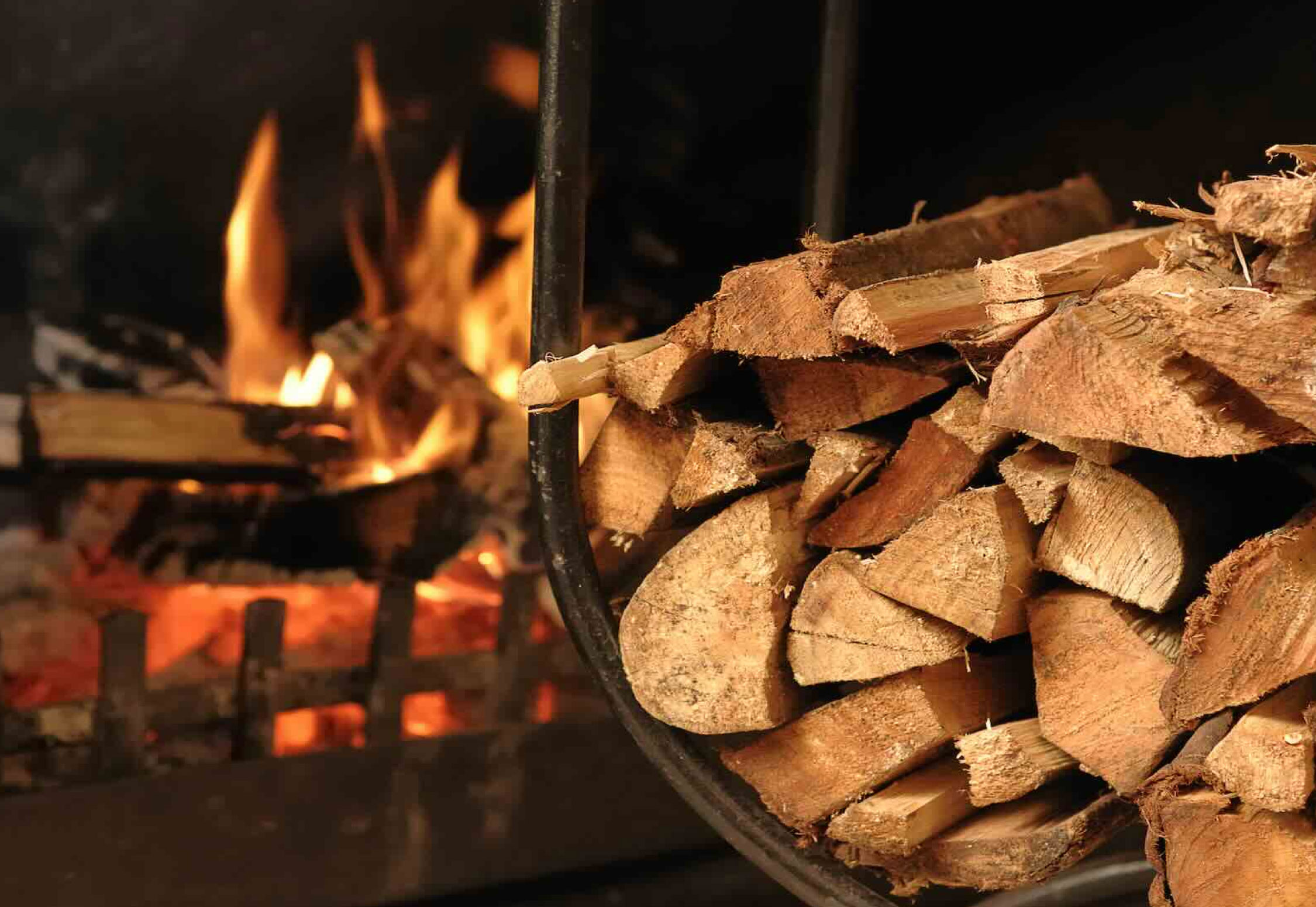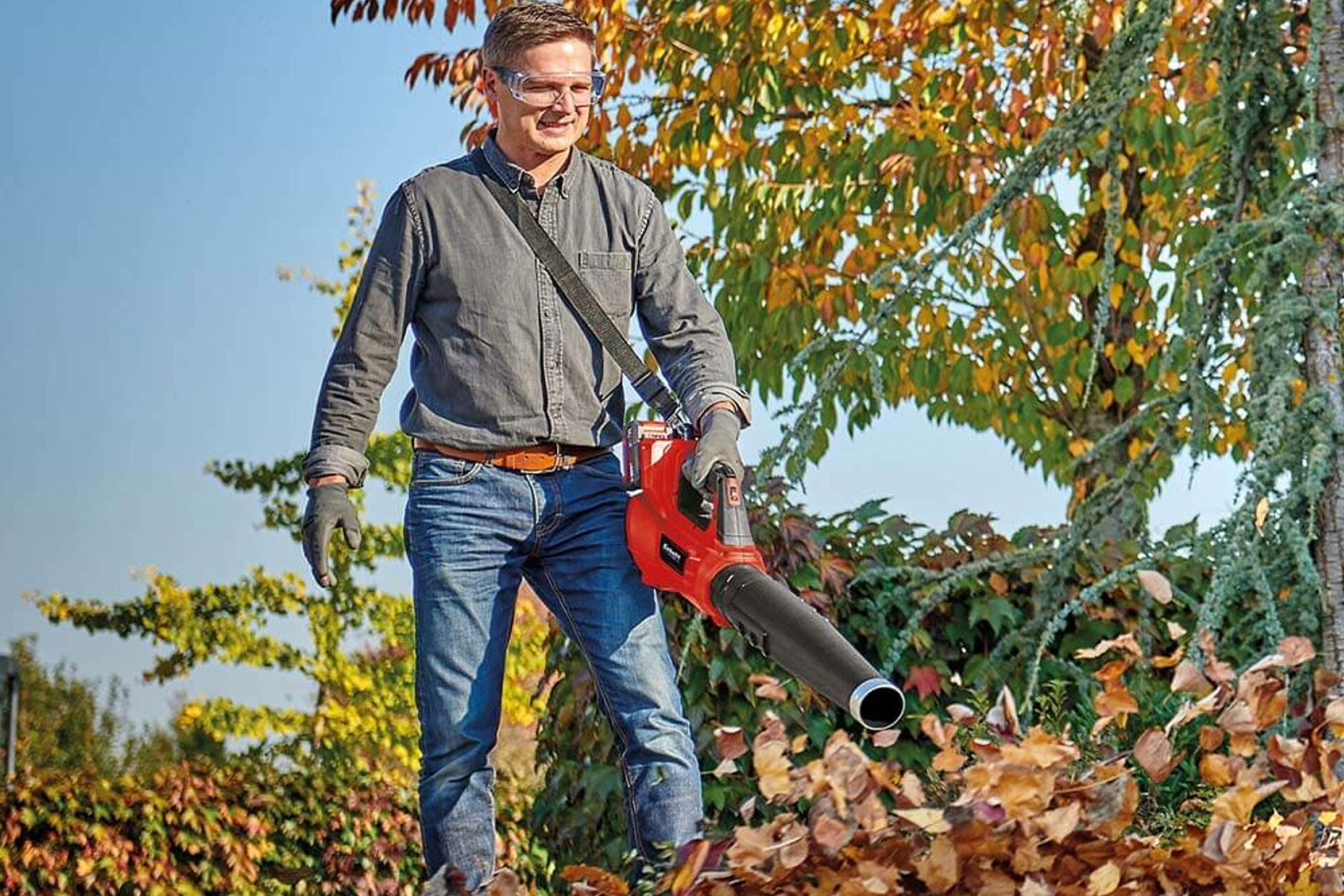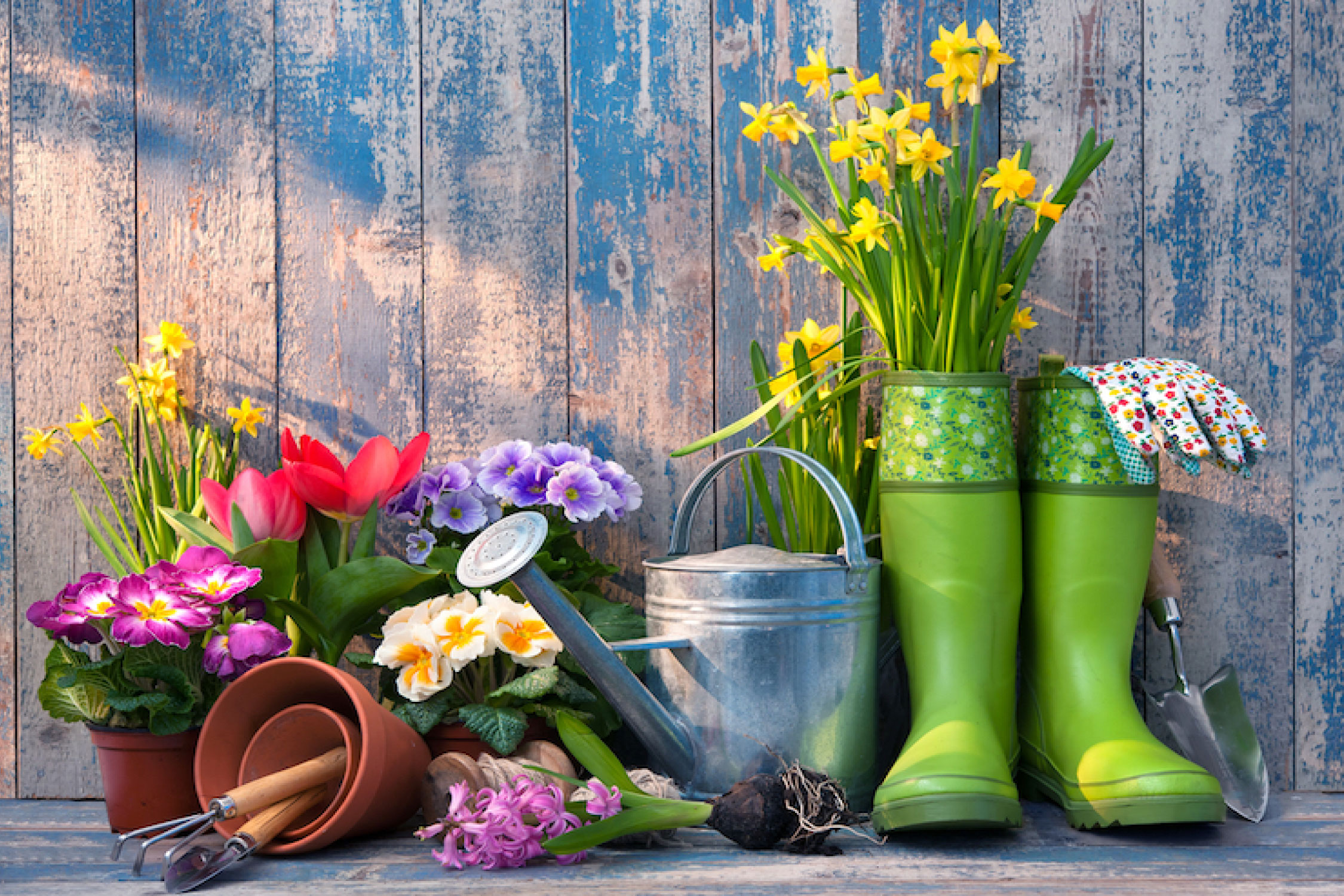Spring: Tips To Prepare Your Garden
Για Ελληνικά πατήστε εδώ. Spring is the season of taking care and preparing our garden properly. The preparation usually starts in March with necessary tasks. Then our garden will be flooded with colors and aromas in the next months. In particular, our lawn, plants and trees, after suffering from the weather during winter, need extra care to recover and prepare for the coming months, where the temperature will be higher. But what are the necessary tasks that need to be done? Checking and cleaning the garden We start the tasks in our garden with a good control, observing any damage that trees and plants have suffered, due to winter weather. We prune and sprinkle our plants with the rubber, thus removing any insect eggs that may have survived the winter and remained on them. However, a single check is not enough. This should be done regularly, to prevent any diseases and infestations. We continue to provide protection and support to plants that are sensitive to cold and winds. Finally, pay attention to good soil drainage and make sure that no rainwater stagnates anywhere in your garden. Soil preparation After the spring rains subside and the soil is relatively dry, we dig our garden well and add manure. This way the garden will be able to "digest" it before we start planting or transplanting. Make sure the flower beds are well drained by adding a little sand to the soil where needed. An important part of the renewal of the garden is the aeration of the soil and the destruction of the weeds. We achieve this by carving the flower beds and weeding the garden in general. Plantings and transplants Around mid-March, we can start planting plants, bulbs or seeds in the ground and transplanting, especially if our goal is a colorful garden during the summer months. If the weather in March is still rainy, avoid direct planting. Plant your seeds in pots, pots or special beds / nurseries and transplant the new plants a little later when the soil moisture has receded deeper into the soil. Watering As the temperature increases as the days go by and the rainfall decreases, you need to make sure that the watering is more frequent and meets the needs of your plants for moisture and water. Start with twice a week on plants, trees and lawns and gradually increase, depending on the weather and the specifics of the soil in your garden. Pruning When the temperature starts to rise in March, we continue pruning where we see it needed. All dry or broken shoots should first be removed and then the branches in the center of the plant should be thinned so that the air circulates better and sunlight reaches everywhere. Plants that bloom in the spring should be pruned when they have finished flowering. Fertilization Fertilization should be done in parallel with the new vegetation and only after the temperature has risen. Also, fertilization should only be done if we are sure that our plants are healthy. At the same time we apply nitrogen fertilizer to our grass.















